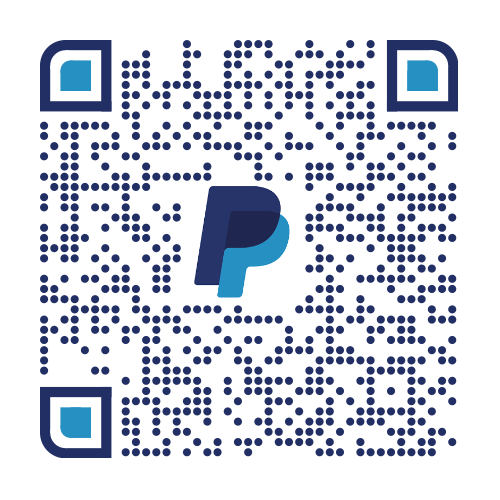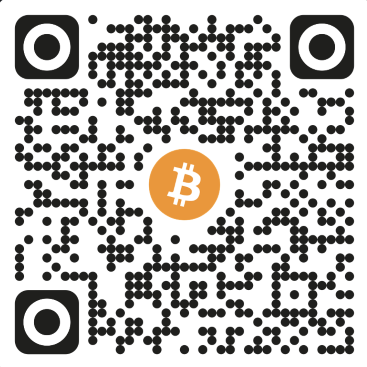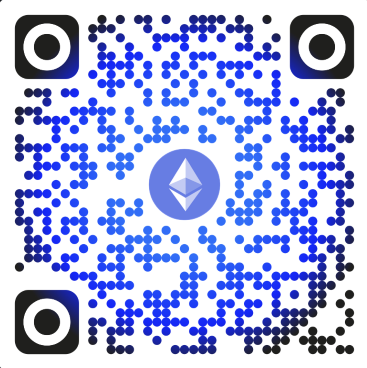Google Event Ilustrations aka Flairs
- Category: Google
- Hits: 14093
art: painting, art workshop, sketching workshop, drawing workshop
badminton: badminton
baseball: baseball
basketball: basketball
bbq: bbq, barbecue, barbeque
beer: beer, beers, Oktoberfest, October Fest, Octoberfest
billiard: billiard
bookclub: book club, reading
bowling: bowling
breakfast: breakfast, breakfasts, brunch, brunches
camping: camping
chinesenewyear: chinese new year, chinese new years, chinese new year's
cinema: cinema, movies
clean: cleaning, clean the house, clean the apartment, clean house, tidy up, vacuum clean, vacuum cleaning
code: learn to code, coding time, hackathon, Rails Girls, Railsgirls, Hour of Code, Codecademy, Computer Science, Programming in Python, Web Programming, Programming in Java, Web Development
coffee: coffee, coffees
concert: concert, gig, concerts, gigs
cycling: bicycle, cycling, bike, bicycles, bikes, Biking
dancing: dance, dancing, dances
dentist: dentist, dentistry, dental
dinner: dinner, dinners, restaurant, restaurants, Family meal
drinks: cocktail, drinks, cocktails
golf: golf
graduation: graduation
gym: gym, workout, workouts
haircut: haircut, hair
halloween: halloween, helloween, hallowe'en, Allhalloween, All Hallows' Eve, All Saints' Eve
hiking: hiking, hike, hikes
kayaking: kayaking
learninstrument: piano, singing, music Class, choir practice, flute, orchestra, oboe, clarinet, saxophone, cornett, trumpet, contrabass, cello, trombone, tuba, music ensemble, string quartett, guitar lesson, classical music, choir
learnlanguage: French Course, German Course, English Course, …, French Class, German Class, English Class, …, Practice French, Practice German, Practice English, …
lunch: lunch, lunches, luncheon
manicure: manicure, pedicure, manicures, pedicures
massage: massage, back rub, backrub, massages
newyear: new year, new year's, new years
oilchange: oil change, car service
pingpong: ping pong, table tennis, ping-pong, pingpong
planmyday: plan week, plan quarter, plan day, plan vacation, week planning, vacation planning
pride: dyke march, christopher street day, gay parade, gay pride, gayglers, gaygler, lesbian march, lesbian parade, lesbian pride, euro pride, europride, world pride, worldpride
reachout: reach out to, write letter, send invitations
read: reading, newspaper
repair: fridge repair, handyman, electrician, DIY
running: jog, jogging, running, jogs, runs
sailing: sail, sailing, boat cruise, sailboat
santa: Santa Claus, Father Christmas
skiing: skiing, ski, skis, Snowboarding, snowshoeing, snow shoe, snow boarding
soccer: soccer
swimming: swim, swimming, swims
tennis: tennis
thanksgiving: thanksgiving
violin: violin, violins
walk: going for a walk, walking
wedding: wedding, wedding eve, wedding-eve party, weddings
xmas: christmas, xmas, x-mas
xmasmeal: christmas dinner, christmas lunch, christmas brunch, christmas luncheon, xmas lunch, xmas luncheon, x-mas dinner, x-mas lunch, x-mas brunch, x-mas luncheon, christmas eve dinner, christmas eve lunch, christmas eve brunch, christmas eve luncheon, xmas eve dinner, xmas eve lunch, xmas eve brunch, xmas eve luncheon, x-mas eve dinner, x-mas eve lunch, x-mas eve brunch, x-mas eve luncheon
xmasparty: christmas party, xmas party, x-mas party, christmas eve party, xmas eve party, x-mas eve party
yoga: yoga













